Desert Organisms Succulent Plants & Reptiles

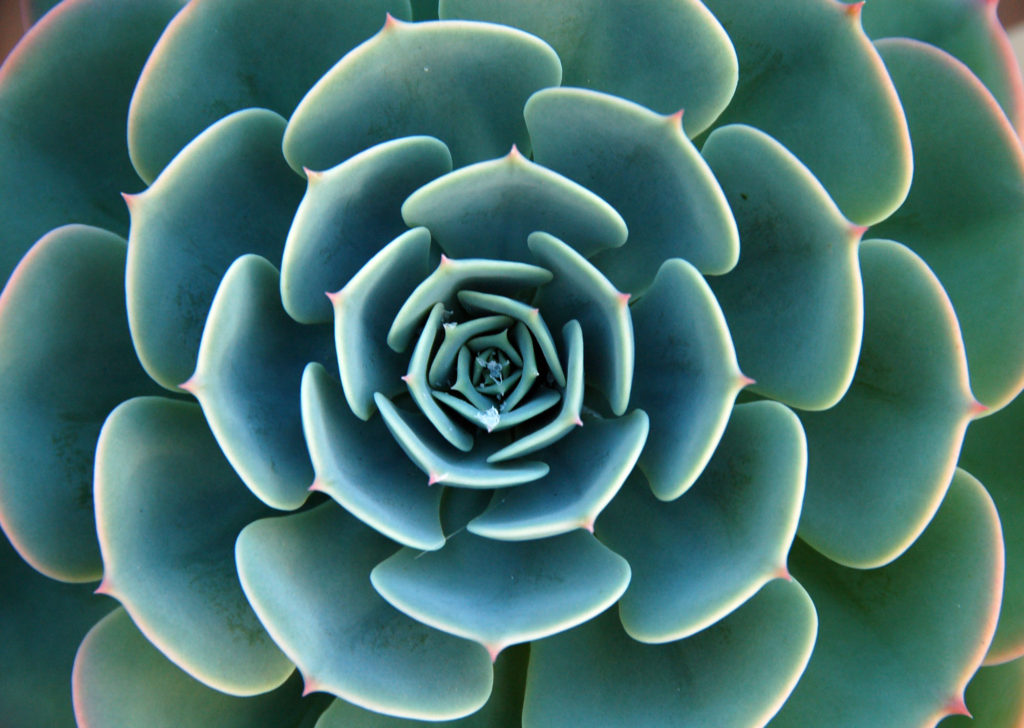
Desert Organism Outcomes
-
Provide examples of succulent plants, including where they store water.
-
Describe leaf modifications of cacti species.
-
List characteristics of reptile species.
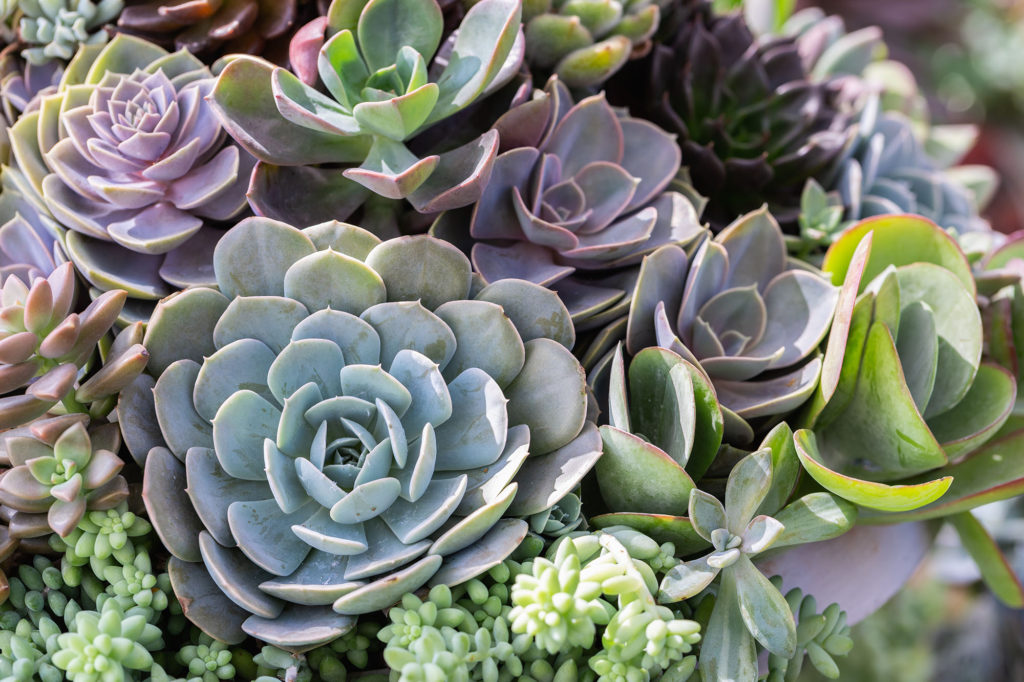
Succulent plants store water in their leaves, stems, and/or roots, enabling them to survive in dry habitats.
Aloe vera is a succulent that stores moisture in its leaves. The fluid also contains chemicals used in cosmetics and to treat minor skin irritation.
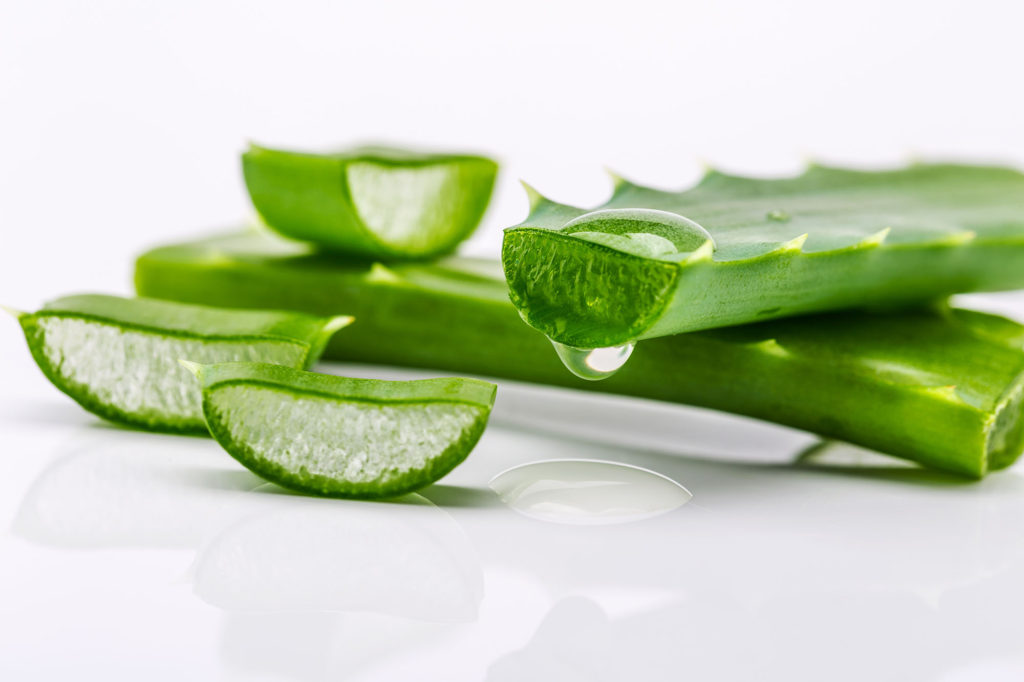
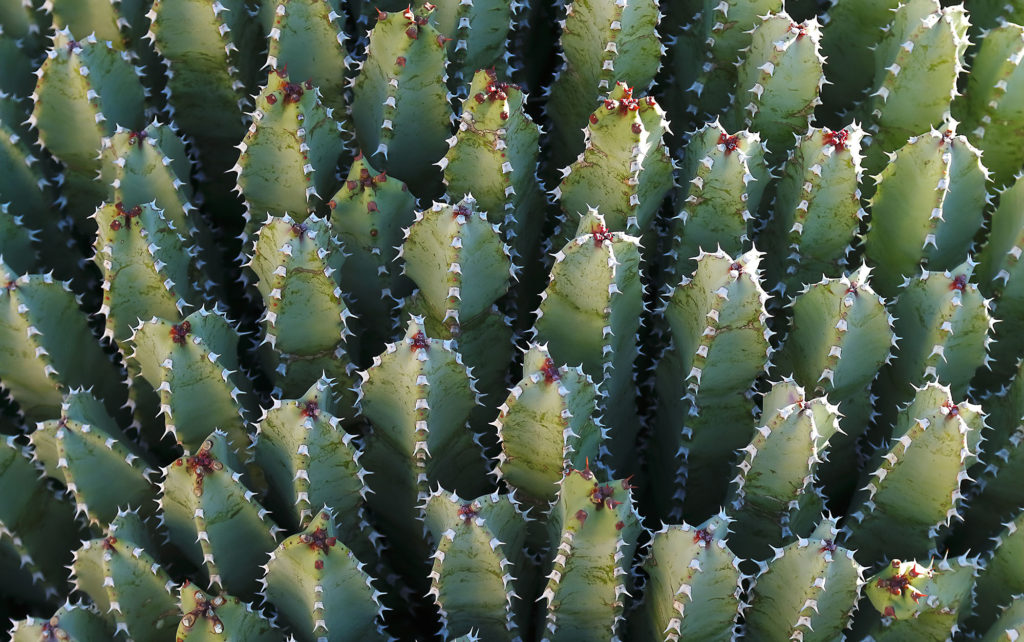
These Euphorbia, also called \”spurge,\” store water in stems. The leaves are modified into thorns and a toxic sap that repel potential herbivores.
From what you learned about microhabitats on the Deserts page, why may this euphorbia seed have germinated into a plant (hint: think characteristics of its niche).
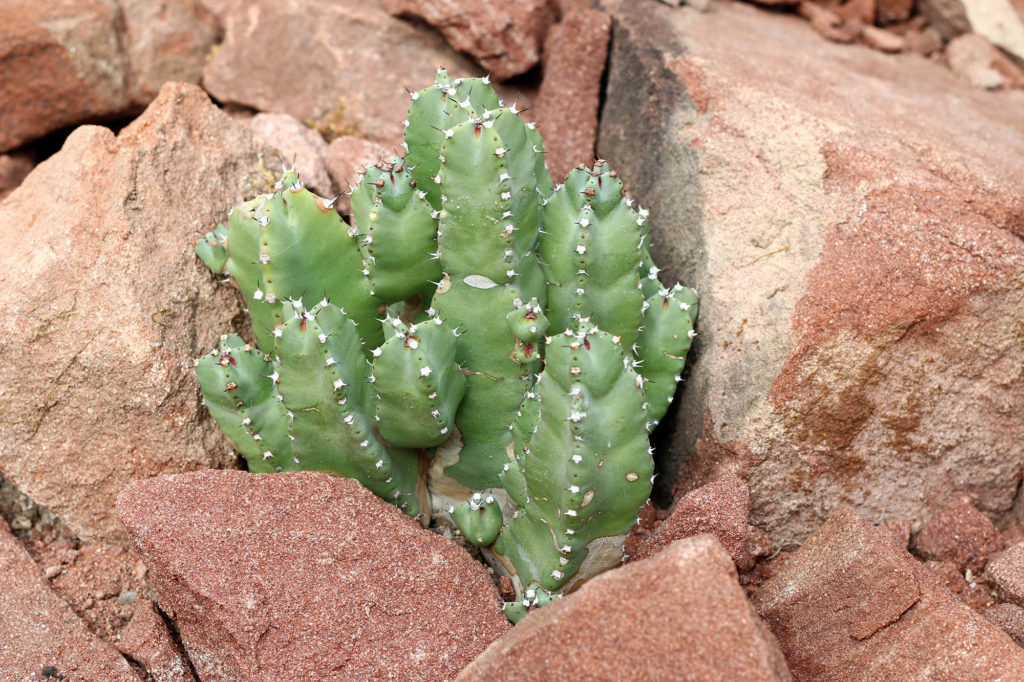
Succulents are often exposed to bright light, high winds, and extreme temperatures. In addition to \”cushion\” rounded shapes that reduce exposed surface area, some other structural adaptations can be observed.
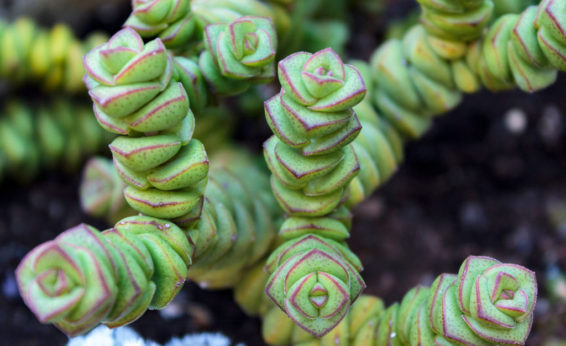
Stacked leaves reduce exposure to elements.
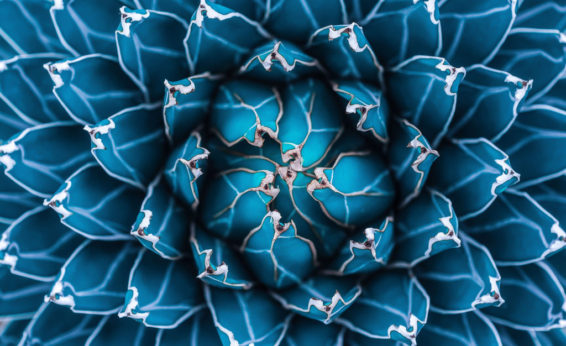
Rosettes can funnel any available moisture to roots.
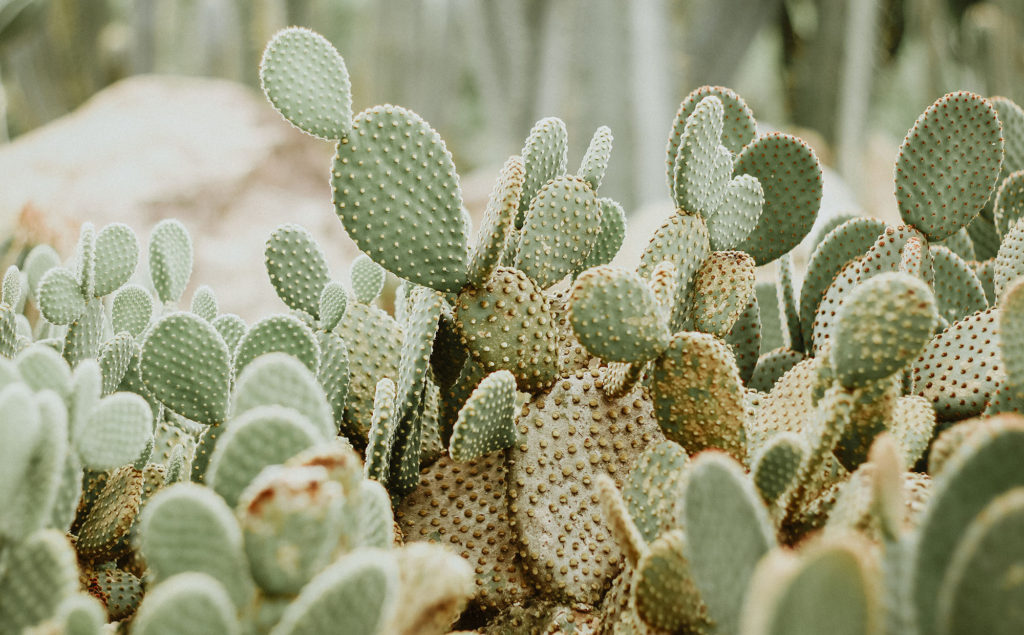
Cacti are over 1500 species of succulents that share ancestry and structural characteristics.
Most cacti have spines that are highly modified leaves. They grow out of a small padded area (white in the photo) that also sprouts flower buds.
Water is stored in the stem, the primary part of the cactus we see.
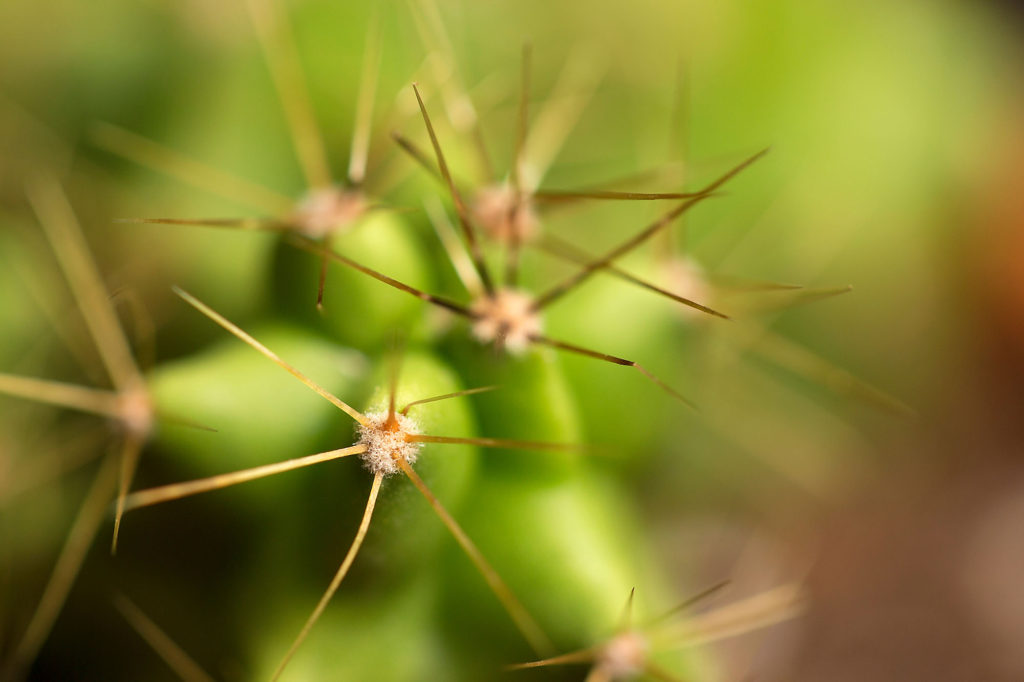
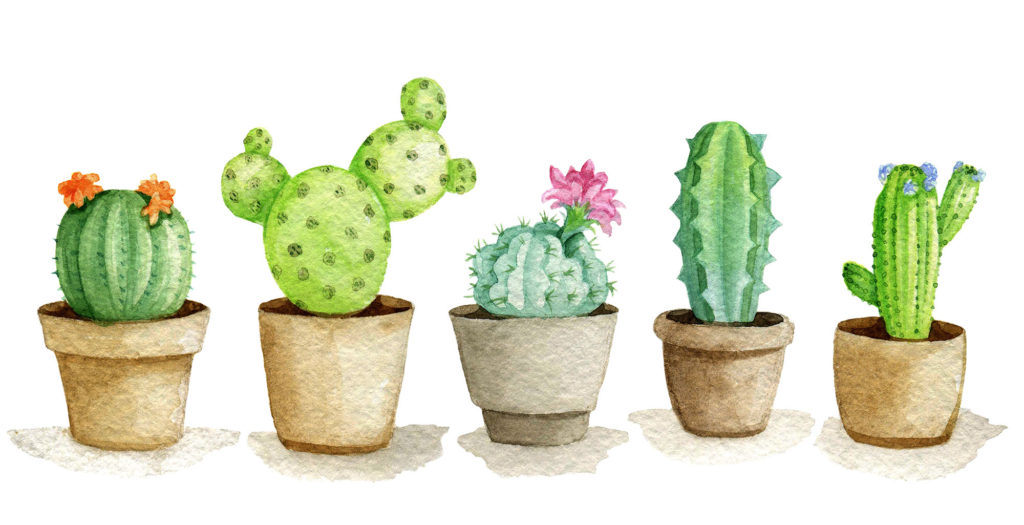
Where is photosynthesis occurring in a cactus?
Why are the spines important to the cactus?
answers:
stem, repel herbivores
This video provide a brief overview of reptiles. Many of the basics may be familiar from your past experiences.
This video provides more details on reptiles.
Pogona, also called \”Bearded dragons\” are eight Australian lizard species named after neck tissue that can swell and change color in some species. Bearded dragons are easier to keep in captivity than many other reptiles, although a microclimate (temperature and moisture) needs to be continually maintained.
Juvenile bearded dragons can eat insects three times a day, transitioning to a more herbivorous diet with age. These are being raised by a local breeder who handles each one daily.
As they age, bearded dragons set up a complex hierarchy and maintain it with aggressive postures and sounds. This pet is a commitment; they can live 10+ years and proper diet can be expensive.
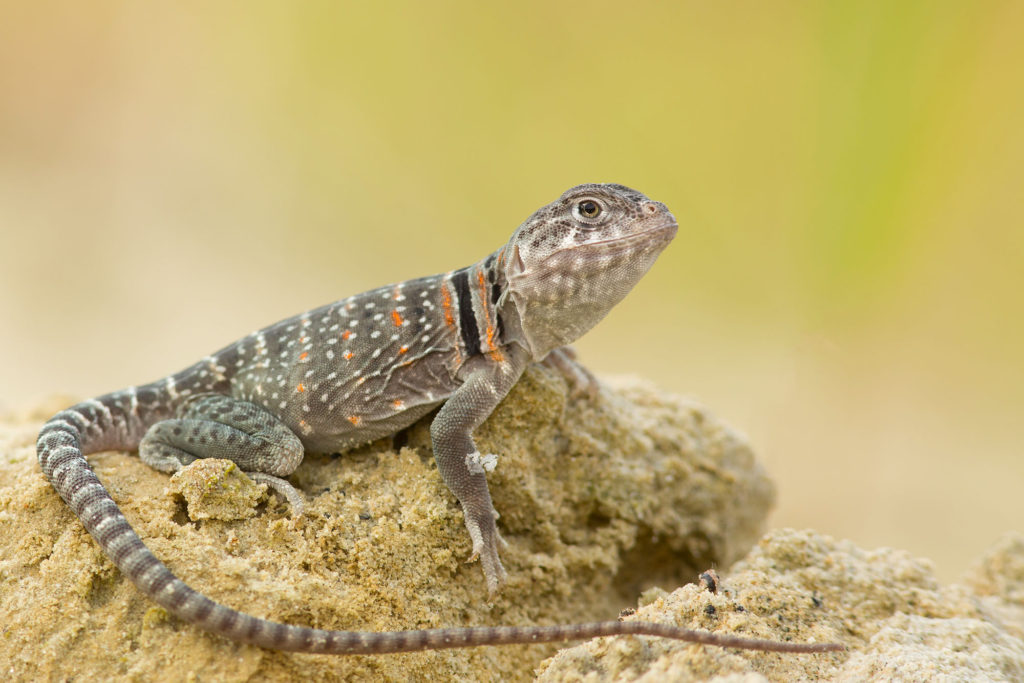
Check your knowledge. Can you:
-
provide examples of succulent plants, including where they store water?
-
describe leaf modifications of cacti species?
-
list characteristics of reptile species?